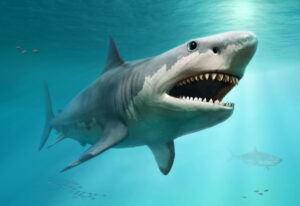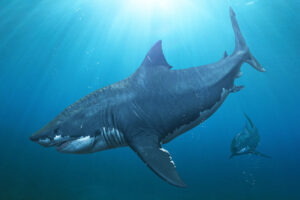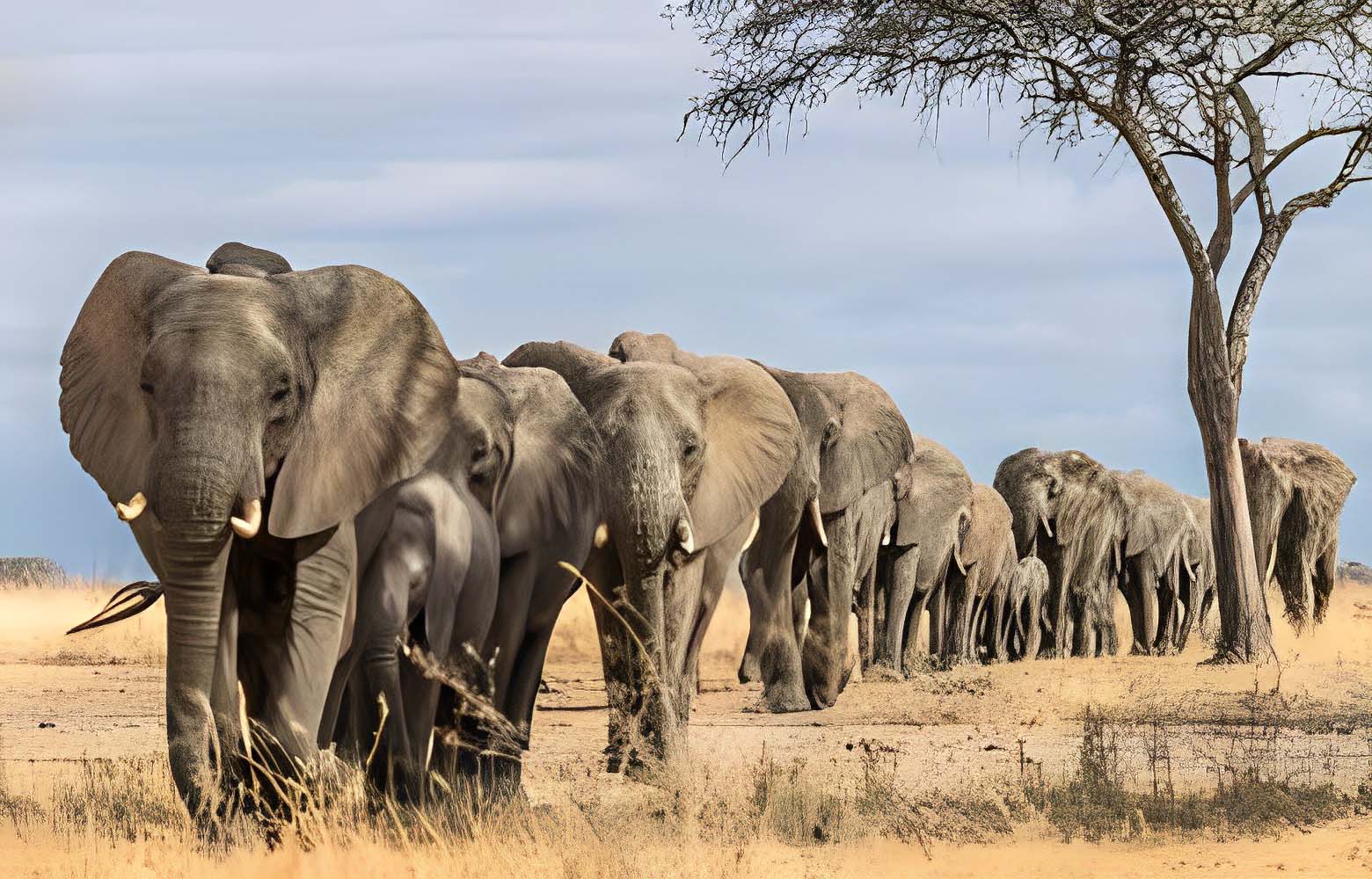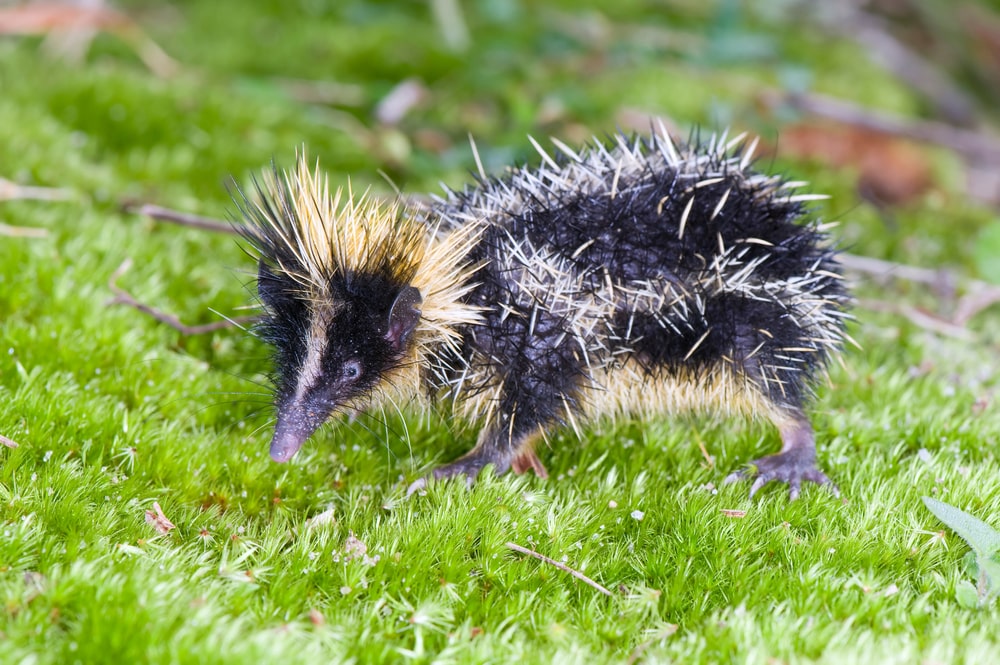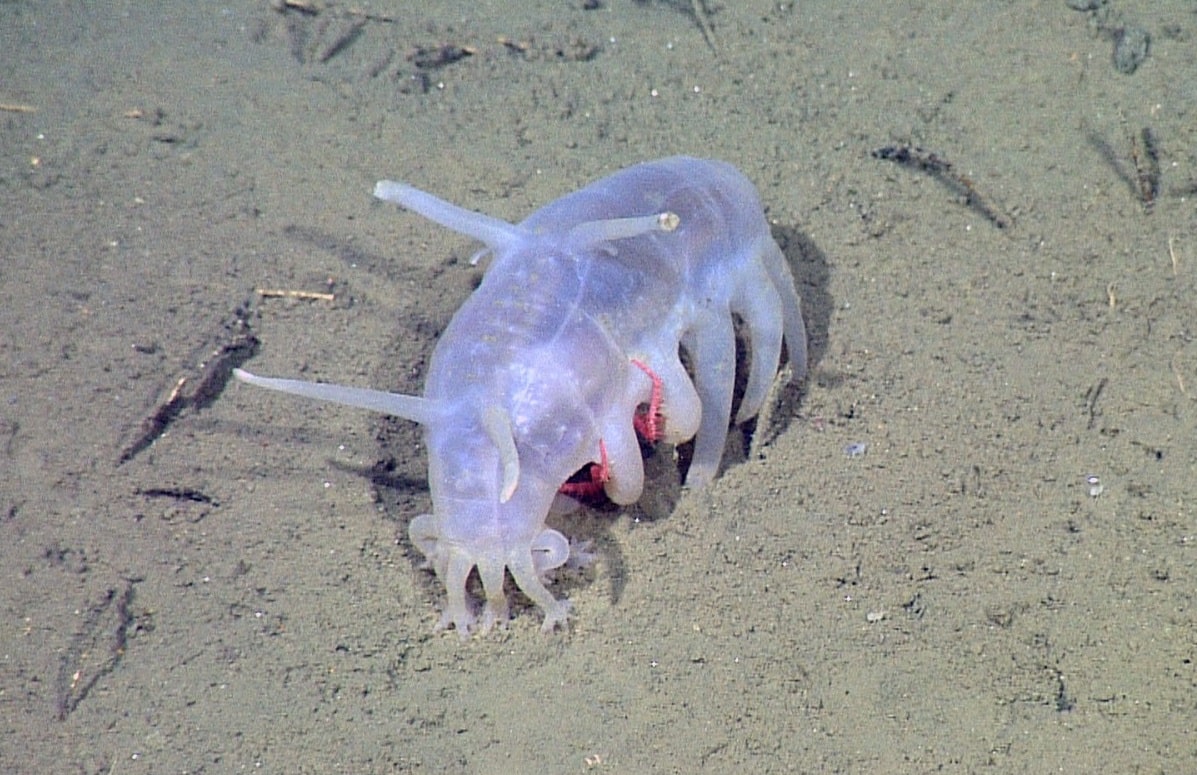Megalodon, size of a Megalodon species, Giant shark facts
Megalodon (giant shark) was an awesome predator and although the fossil record of this extinct beast is frustratingly limited to teeth and vertebrae. There are actually many lines of evidence that can tell paleontologists exactly how this animal hunted and what it was eating a good deal of megalodon. Research has been focused on determining the position in the food web that these sharks occupied and in turn the impact on the ancient oceanic ecosystems.
Megalodon facts
They had uncovering such information is vital to truly understand what these animals and our world were like back when they were alive as well as potentially what could have caused the giant shark to go extinct in the end. One way in which paleontologists have done this is by examining the ratios of certain isotopes in the teeth of megalodon resulting in some pretty fascinating realizations about how it fed the further up the trophic levels of the food web.
You get the lower the values of calcium isotopes in the teeth are and looking at early Pliocene localities in Libya and new Caledonia where both megalodon and great white sharks coexisted together. They were able to compare the ratios of isotopes between the two species what they discovered was that although there was great overlap’s deal between the diets of the sharks.
The isotope values were distinctly lower in megalodon meaning that the giant sharks were indeed occupying a higher position in these prehistoric food webs than even the great white one of the most powerful predators in our modern oceans and were able to access sources of foods that the whites could not one suggestion made in the study that discovered this difference in diet.
It could mean megalodon was feeding on giant whales whilst the great whites were mostly sticking to smaller mammals so is there more evidence for megalodon hunting large cetaceans. Well, yes there are some big whale bones from a Pliocene formation in us that displayed bite marks that were made by some very large and serrated teeth that have been suggested to have been megalodon teeth.
Mega giant sharks
Then there’s also a vertebra from a small whale that lived in the mice scene and comes from Maryland which displays traces of a possible failed predation attempt by the shark as well as this evidence. There’s then a citation vertebra from Venezuela which actually has a megalodon tooth still lodged in the bone confirming without doubt that these giant sharks were feeding on these animals.
There are more bite marks and likely feeding traces on bones from a wide range of cetaceans such as dolphins sperm, whales rock walls, and squalodontits as well as on seal sea lion sea turtles, and manatee bones so this is an indication that like many sharks alive today! Megalodon was probably an opportunistic feeder taking on any kind of prayer came across.
The mostly generalist great white shark does however still show a particular liking of fat-rich and small marine mammals such as fur seals and rarely attack animals larger than themselves such as the biggest cetaceans. It appears that megalodon may have been somewhat similar in this respect with a paper published in 2017 suggesting that at least in a certain population of megalodon from the late Maya scene of southern Peru.
The adults were mainly targeting a type of smallish berlin whales called cetotheriates this region of Peru during the end of the Maya scene seems to have been inhabited by particularly high biomass of relatively small-bodied marine mammals which in turn attracted the large sharks of the time to the area. As they were able to actively prey on these animals such an ecosystem is compared to modern-day localities.
Where seal colonies will attract large numbers of great whites the research suggests that the preferred diets of megalodon would likely have changed as they grew older with youngsters being mostly piscivorous while the adults started feeding on a wider variety of prey items. But mostly targeting the small or medium-sized very energetic cetaceans such as the cetotheriates it actually the extinction of these smaller baleen whales.
The most inhabited warm and temperate coastal waters and the rise of giant baleen whales that seasonally migrate to colder waters have had a great significant perfect impact on the eventual demise of the giant sharks. However, it also notes that megalodon certainly did occasionally feed on animals larger than themselves but possibly by scavenging as indicated by the fossil evidence they just probably wouldn’t have been their favored food so we know megalodon targeted a range of marine animals and likely had a fondness for small baleen whales.
How did Megalodon really hunt?
But how exactly did it hunt them and actually kill its prey well a few different lines of evidence point to some interesting strategies firstly it appears that megalodon may have sometimes hunted in a very similar way to modern great whites, which will swim at high speeds from below their prey and ram into their undersides whilst also piercing them with their teeth.
Such behavior is suggested for the giant shark based on the vertebra of a small whale that displays compressional fractures thought to be from a megalodon individual slamming into it at high speeds but megalodon appears to have employed other hunting techniques as well with some more fascinating evidence from fossil bite marks.
Megalodon fossils
These fossils include a few vertebrae from the tails of small toothed whales that displayed bites consistent with megalodon teeth and have been interpreted as showing that as great whites do when hunting dolphins these sharks would have bitten the chordal peduncle of these cetaceans. A region on the top surface of their tails in order to disable them and prevent them from swimming off before delivering.
The killing blow of other fossils shows that megalodon would also target the flippers of marine mammals with many different flipper bones being scarred by bites another key reason for these animals to attack in order to prevent their prey from escaping. Especially when going after larger animals such as big berlin whales but other fossil evidence indicates some differences between the hunting strategies of megalodon and great whites.
Megashark jaws & bite
There’s actually a specimen of about nine-meter-long citation that seems to show the giant shark would deliberately go for the bony areas instead of the softer underbelly like great whites do base on the locations of bite marks megalodon would aim for the shoulders the ribs and upper regions of the spine in addition to the flippers and tail and as a result, it led paleontologists to conclude that they were targeting the hearts and lungs of their prey items.
The huge robust teeth of the mega sharks the strength with which they were anchored to the jaws and the massive bite force of these animals were, therefore, all adaptations that enabled these beasts to get through the hardest bony regions of other marine animals and effectively dispatch them by puncturing their heart and lungs.
In addition to preventing them from getting away first by crippling their tails and flippers although interestingly and this is a bit of a tangent here but it’s pretty fascinating. Some very recent research published this year actually suggests that the evolution of more robust serrated teeth and the loss of these small cusplits on either side.
Size of a Megalodon
As megalodon evolved from its ancestors was not as had been thought before a functional adaptation to allow predation on marine mammals that in turn resulted in greater body size instead it seems that the change in the shape of the teeth as you go from megalodon’s ancestors to megalodon itself was more of a secondary result of evolving larger body size as changes in the timings of developing certain features.
Meant that the teeth actually went through more developmental stages as the lineage got closer to megalodon so actually seems that the attainment of larger body sizes and not a change in the shape of teeth specifically was more of a driving force and causing. Megadon’s lineage to go from feeding mostly on fish to mammals just an interesting little side note.
Anyway, megalodon was therefore a remarkably efficient and devastating predator of prehistoric marine life it would have been a truly terrifying creature to come across in those ancient waters but it was still an animal that simply needed to feed in order to survive and reproduce and the way it fed from what we can tell from its relatively limited remains. Anyway was through some brutal yet incredibly effective techniques.
